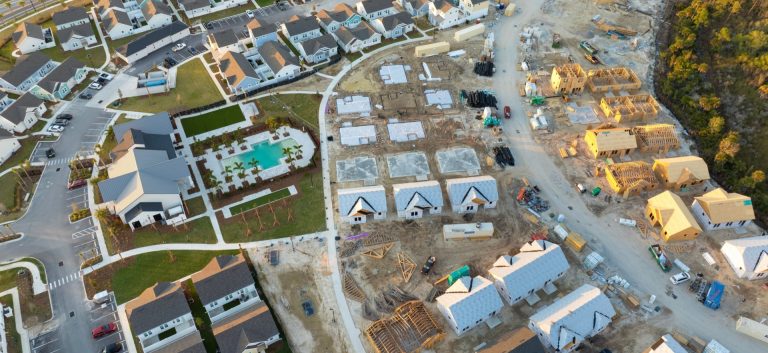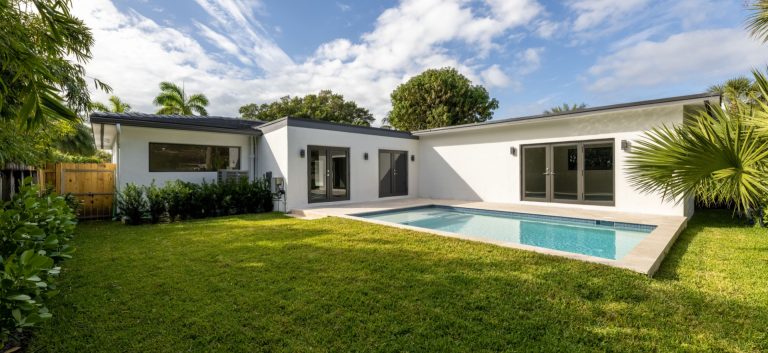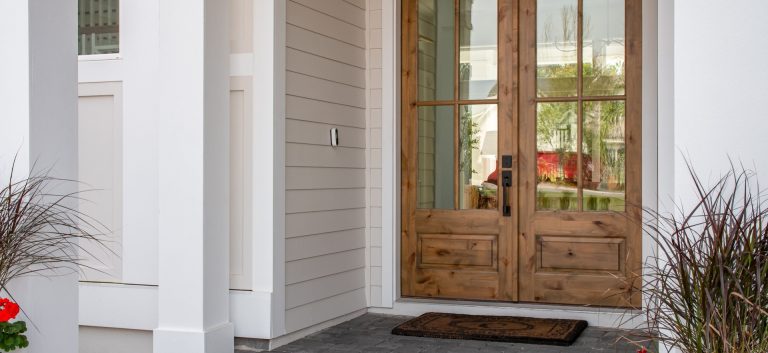Tariffs, long used as a tool in international trade policy, have quietly become one of the most influential—yet often overlooked—forces impacting the housing market. While interest rates, supply shortages, and inflation tend to grab headlines, tariffs play a foundational role in determining the price of building materials, the feasibility of new construction, and, ultimately, the affordability of homes.
In this blog, we’ll explore how tariffs influence:
-
The cost of building materials
-
Housing affordability
-
Home sales and buying trends
-
Broader inflation trends in the housing economy
Understanding Tariffs in the Construction Context
Tariffs are taxes placed on imported goods. While their purpose is often to protect domestic industries, they can inadvertently raise costs for consumers and businesses. In the homebuilding industry, many essential materials—such as lumber, steel, aluminum, and appliances—are sourced globally. When tariffs are imposed on these goods, the price to bring them into the U.S. rises.
In some cases, American producers also raise their prices in response to decreased competition from abroad, further inflating costs.
Tariffs and the Cost of Building a Home
The National Association of Home Builders (NAHB) has reported that tariffs on Canadian softwood lumber alone have added thousands of dollars to the price of a new single-family home. Here’s how that breaks down:
-
Lumber Tariffs: The U.S. and Canada have long-standing trade disputes over softwood lumber. At times, tariffs have been set as high as 20%. According to a 2021 NAHB estimate, these tariffs increased the cost of a typical new home by $8,000–$10,000.
-
Steel and Aluminum Tariffs: Tariffs on metals from countries like China and the European Union have impacted everything from nails to HVAC systems. Builders have reported paying up to 25% more for these materials during peak tariff enforcement periods.
These cost increases are often passed directly to homebuyers. And in markets with tighter housing supply, builders may delay or cancel projects altogether due to unpredictable input costs, further limiting housing availability.
Tariffs and Housing Affordability
The affordability of homes in the U.S. is already under pressure due to inflation, interest rates, and wage stagnation. Tariffs worsen the situation in several ways:
-
Higher Construction Costs: As material prices go up, developers are forced to raise home prices to maintain profitability.
-
Reduced Inventory: If building becomes too expensive, especially for entry-level homes, fewer homes get built—shrinking supply.
-
Less Incentive for Innovation: Higher prices on imported building technologies and green energy solutions (like solar panels) can stifle progress in more efficient, cost-effective home construction.
In markets where every dollar matters—such as rural or fast-growing suburban areas—tariffs can effectively price entire groups of buyers out of the market.
Tariffs’ Impact on Home Buying and Selling Trends
Tariffs indirectly influence home buying and selling in multiple ways:
-
Home Prices Rise: As new homes become more expensive due to higher building costs, resale homes also appreciate in value. While that may seem good for current homeowners, it can create barriers for first-time buyers.
-
Market Volatility: Builders often delay starts or abandon lots during tariff disputes. This uneven inventory release makes it harder for buyers to time the market.
-
Home Renovations Slow Down: Tariffs affect not just new builds, but also renovations. Appliances, cabinetry, flooring, and fixtures often come from overseas. A sudden cost jump can derail remodeling projects, delaying sales or lowering resale value.
According to Realtor.com, more than 60% of homebuyers cite affordability as a top concern. When material costs are artificially inflated by tariffs, the price tag of even modest homes can rise beyond reach for many middle-income families.
Tariffs and Inflation in the Housing Sector
Inflation is a complex topic, influenced by monetary policy, labor markets, and global supply chains. But tariffs feed directly into cost-push inflation—where prices rise because it becomes more expensive to produce goods.
In housing, this shows up in several ways:
-
Price Index Increases: The Producer Price Index (PPI) for residential construction materials surged in years when tariffs were most prominent (e.g., 2018–2021).
-
Higher Input Costs for Builders: Builders’ margins shrink, and they raise prices to compensate.
-
Reduced Competition: Tariffs can force smaller, more price-sensitive firms out of the market, leading to less competition and higher overall prices.
In 2022, for example, the Bureau of Labor Statistics showed a nearly 20% year-over-year increase in construction input costs—driven largely by lumber and steel prices. While global supply chain issues contributed, trade policy—including tariffs—was a significant driver.
The Bigger Picture: Global Trade and Local Real Estate
Tariffs are often discussed in the context of global politics and economics, but their effects are felt locally—especially in housing markets.
In areas like North Central Florida, where rapid growth meets the need for affordable new homes, tariffs on imported materials can seriously disrupt progress. Builders targeting first-time buyers or middle-income families are especially vulnerable, as small cost increases can disqualify buyers who are already near their financial limits.
Case Study: Tariffs and Homebuilders in the Southeast
Many builders in Florida and across the Southeast source products like tile, cabinetry, lighting, and windows from countries in Asia and Europe. Tariffs on these imports have resulted in:
-
Longer construction timelines due to sourcing alternatives
-
Substitutions of lower-quality or less-preferred materials
-
Requests for price escalations after contracts were signed
These trends have made it more difficult for both buyers and sellers to predict pricing or completion dates—fueling uncertainty in the housing market.
Conclusion: Tariffs Are a Silent Force in Housing Economics
While they might not make the evening news as often as mortgage rates or housing shortages, tariffs play a profound role in the health of the real estate market. Their influence touches every part of the homeownership journey—from the cost of nails and plywood to the final listing price of a family’s forever home.
As the U.S. continues to navigate its role in global trade, it’s important for policymakers, builders, and buyers to understand the downstream effects of tariff decisions. What begins as a line in a trade agreement can end up as a $10,000 increase in the cost of a starter home.
For buyers looking to make informed decisions and builders aiming to stay competitive, staying aware of tariff policy isn’t just smart—it’s essential.





